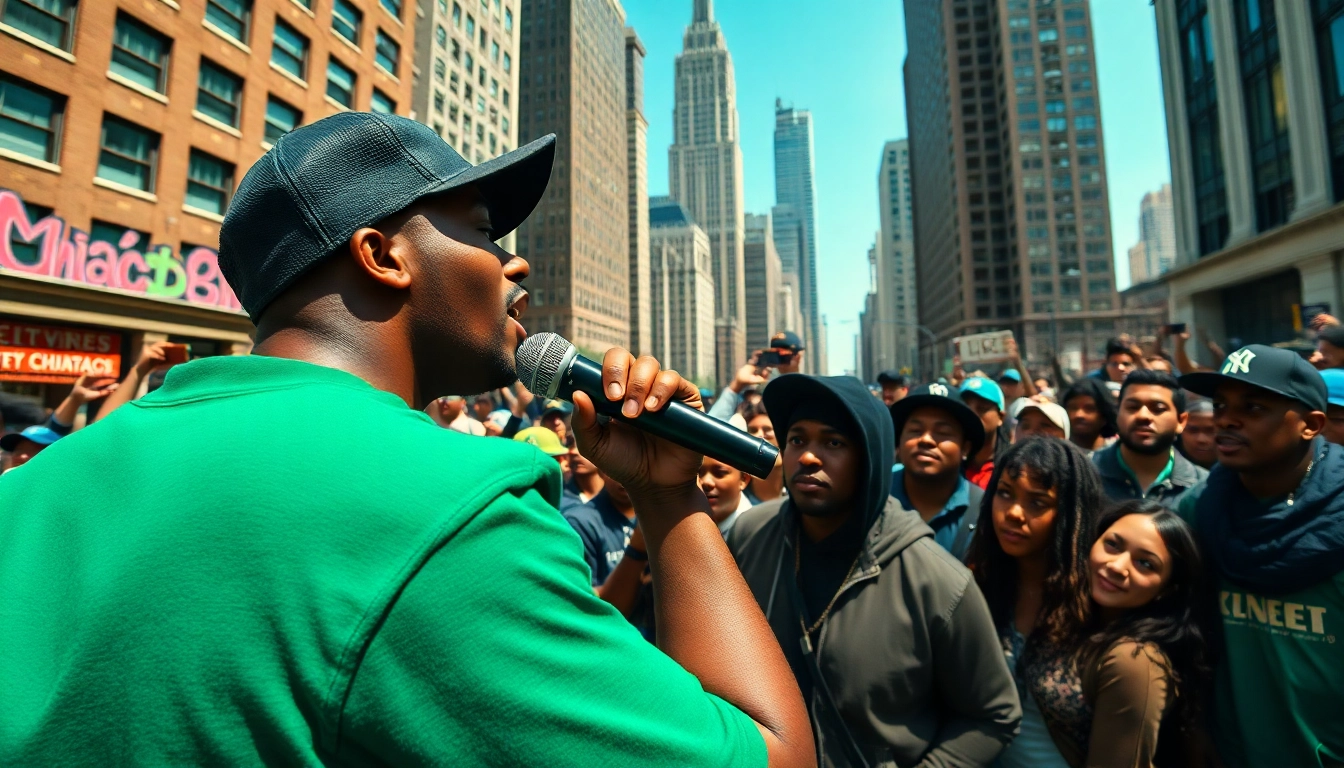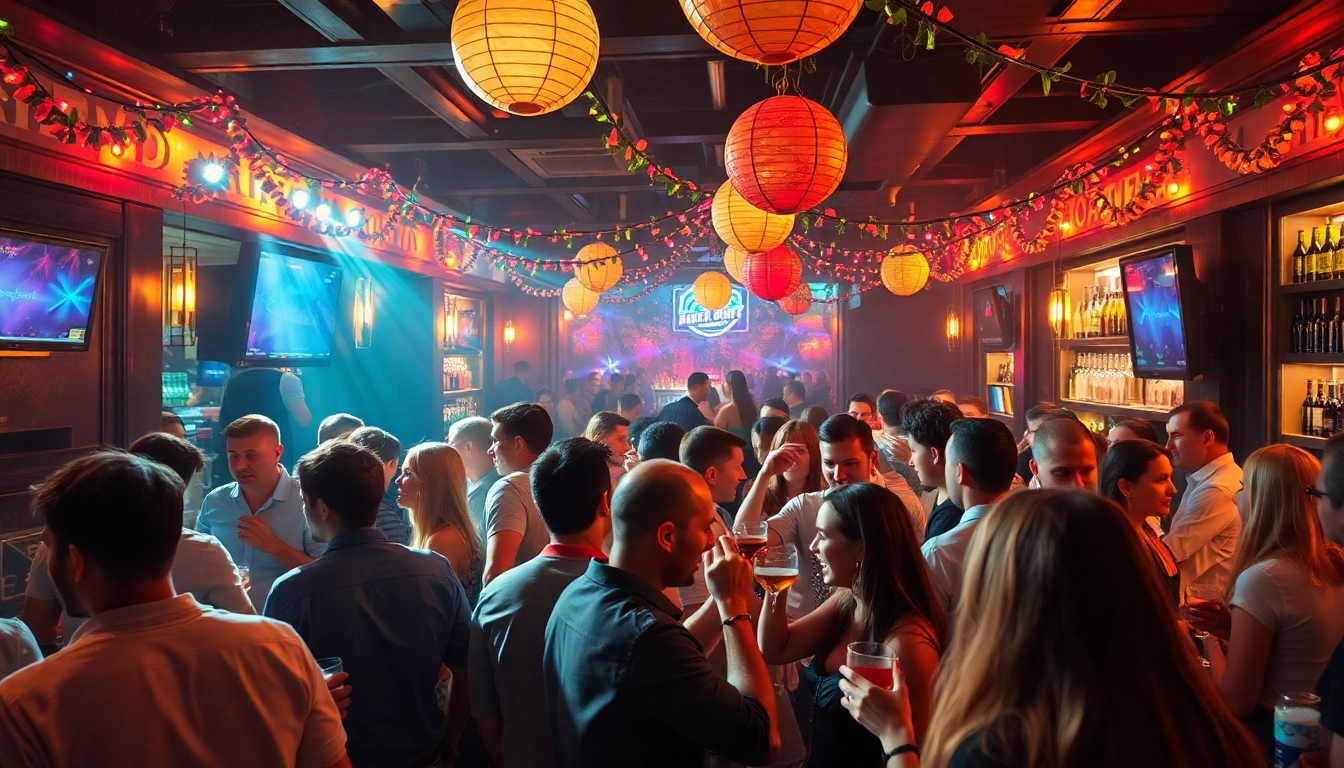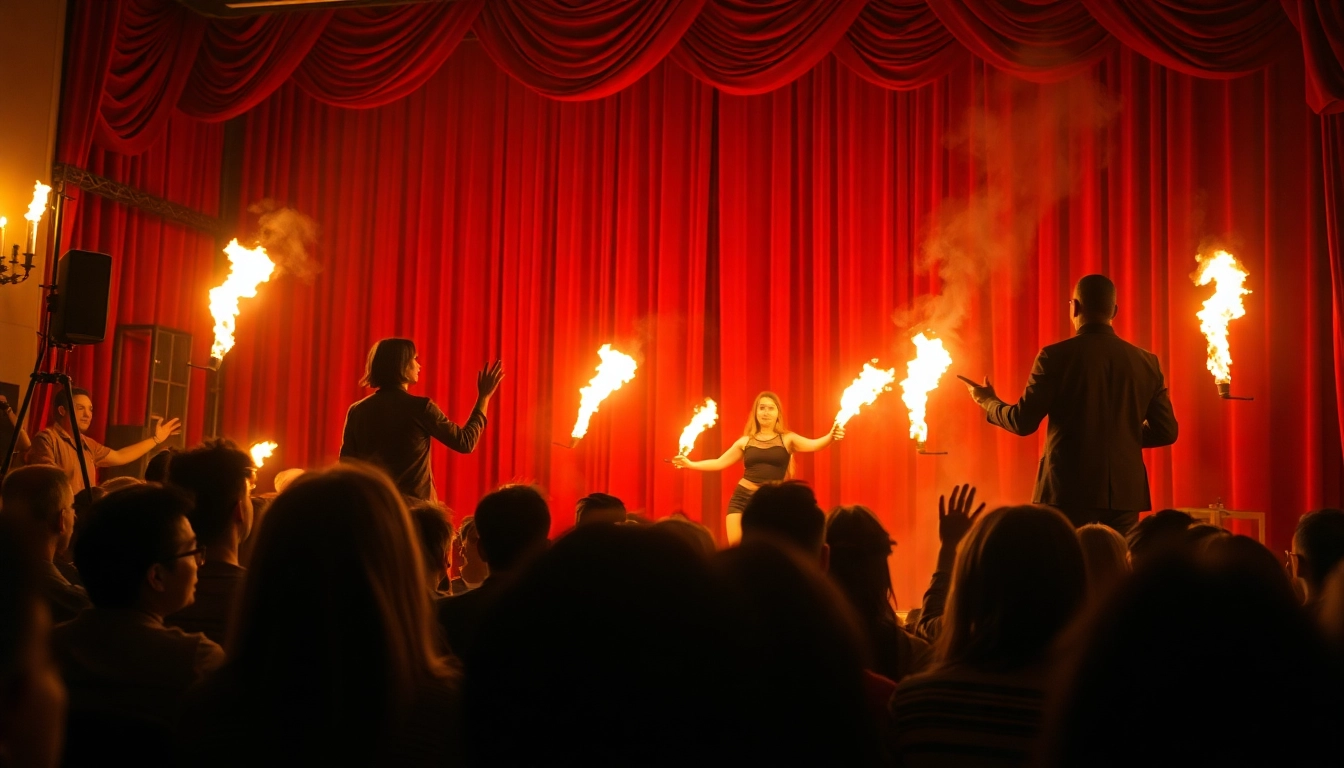History of Rap Culture in Chicago
The rap culture in Chicago is a dynamic and multifaceted phenomenon that reflects the city’s rich history and diverse population. Emerging in the late 1970s and evolving through various genres and styles, it has played a crucial role in shaping the broader landscape of hip-hop in the United States. The cultural tapestry of rap in Chicago is often characterized by influences from jazz, blues, and house music, making it unique compared to other rap scenes in the country. For those looking to understand the essence of Chicago’s rap scene, exploring the music and its historical roots, such as rap culture in Chicago, is essential.
Origins and Influential Artists
The origins of rap music in Chicago can be traced back to the late 1970s, a period when the city’s burgeoning DJ culture began to take shape. Influenced by the sounds of the East Coast and West Coast, Chicago’s style quickly adopted its own distinct flavor, incorporating elements of funk, soul, and gospel. Pioneering artists such as Common, who emerged in the early ’90s, laid the groundwork for a scene that celebrated both lyrical integrity and musicality.
The emergence of artists like Twista and Ludacris in the 2000s further solidified Chicago’s position in the rap hierarchy. They introduced rapid-fire delivery and intricate rhyme schemes that captivated audiences both locally and nationally. Additionally, the influence of the city’s dance music legacy, particularly house music, can be heard in the beats of many Chicago rappers, showcasing a blend of genres that continues to evolve.
Milestones in Chicago’s Rap Scene
Throughout the decades, Chicago’s rap scene has seen numerous milestones that helped to shape its present-day form. The early ’90s marked the rise of significant gatherings like the “Open Mic” events, which provided a platform for emerging artists. This period also heralded the establishment of labels such as Facemob and Loud Records, which played a pivotal role in promoting Chicago talent on a national scale.
Another landmark moment came with the release of Kanye West’s debut album “The College Dropout” in 2004. West, who is often credited with bringing a unique sound and style to rap, influenced not only Chicago’s hip-hop scene but also the entire music industry. His success opened doors for other artists and cultivated a collaborative atmosphere that encouraged innovation.
Evolution of Sound and Style
The evolution of Chicago rap sound encompasses a blend of various influences, resulting in a diverse array of styles within the scene. The shift from traditional hip-hop to more contemporary styles has seen the rise of subgenres such as trap and drill. Drill music, characterized by its dark beats and aggressive lyrics, emerged in the early 2010s and put Chicago back on the map in terms of nationwide attention.
Artists like Chief Keef and Lil Durk emerged from the drill scene, creating a new wave of music that resonates with the realities of urban life in Chicago. Drill’s unfiltered narrative brought both criticism and accolades, but its impact cannot be overstated, as it introduced a raw authenticity to the genre that continues to influence aspiring rappers today.
Notable Subgenres of Chicago Rap
The Rise of Drill Music
Drill music represents both a cultural movement and a genre that originated in Chicago, gaining momentum in the early 2010s. The genre is known for its hard-hitting beats, aggressive lyrics, and a distinctive flow that captures the intensity of urban life. This type of music reflects the harsh realities of violence and systemic issues faced by many in Chicago’s neighborhoods.
Chief Keef’s 2012 hit “I Don’t Like” became a viral sensation and a defining track for the drill movement. Its success showcased the potential of Chicago artists on a global platform, inspiring a wave of imitators while also sparking considerable debate about the implications of depicting street life in music. While some critics argue that drill glorifies violence, proponents assert that it serves as a crucial outlet for artistic expression and social commentary.
Alternative and Underground Scenes
Beyond the mainstream trajectory of drill music, Chicago also boasts a vibrant alternative hip-hop scene that emphasizes lyricism and artistic versatility. Artists like Saba, Noname, and Lucki are carving out their own niches by blending jazz, neo-soul, and spoken word with conventional rap. These artists tackle themes of mental health, identity, and societal issues, showcasing the depth and complexity of the city’s musical talent.
The underground scene, while often overlooked, plays a significant role in the overall rap ecosystem of Chicago. Initiatives like the Chicago Hip-Hop Heritage Museum, dedicated to documenting and preserving the city’s hip-hop culture, highlight the importance of supporting alternative genres and emerging artists. This museum serves as a hub for the community, allowing local talents to share their stories and connect with audiences in meaningful ways.
Regional Variations and Influences
Chicago’s rap scene is marked by regional influences that vary significantly across neighborhoods. For instance, artists from the South Side often draw inspiration from their unique environment, merging stories of resilience with sonic experimentation. Meanwhile, North Side artists may incorporate elements from varied genres, reflecting the city’s eclectic cultural landscape. This enrichment of styles helps Chicago stand out as a melting pot of creativity.
Collaborations between artists from different backgrounds and regions further exemplify this diversity, leading to innovative soundscapes and lyrical discourse. The city’s rappers, regardless of their subgenres, often share a common thread of community responsibility, choosing to address social issues while celebrating their heritage.
Key Figures in Chicago Rap Culture
Historic Icons and Legends
Throughout the history of Chicago rap, numerous iconic figures have emerged, leaving an indelible mark on the genre. Artists like Common, who is often cited as a pioneer of conscious rap, brought attention to social issues while distinctly expressing pride in their roots. His lyrical approach paved the way for subsequent artists to tackle personal and societal challenges with a thoughtful perspective.
Additionally, the late rapper and activist, Fredo Santana, played a crucial role in bridging the gap between mainstream appeal and authenticity. His contributions to the drill music scene brought attention to the storytelling aspect of the genre, illustrating the very real struggles of life in Chicago.
Modern Trailblazers
In the contemporary rap landscape, artists such as Chance the Rapper and Vic Mensa have emerged as trailblazers, coloring Chicago’s musical identity with their individualistic styles. Chance’s unique blend of gospel influences with hip-hop not only highlighted his artistry but also underscored his commitment to social issues, as seen in his philanthropic work within the community.
Meanwhile, Vic Mensa’s sharp lyrical prowess and versatility illustrate the possibilities that modern Chicago rap has to offer. Together, these artists have redefined the expectations of urban music, showcasing that authenticity, creativity, and a sense of community can thrive simultaneously.
The Role of Collaborations
Collaborations are a hallmark of the Chicago rap scene, allowing artists to merge diverse sounds and perspectives. By forming partnerships, both established and emerging rappers create music that transcends boundaries, capturing audiences from various walks of life. These collaborations not only enrich the sound but also promote a community ethos that underlines the importance of supporting one another.
Notable collaborations, such as the “Surf” project by Chance the Rapper and The Social Experiment, demonstrate the synergy that can emerge when artists from different backgrounds unite. Such partnerships often break down barriers, inviting a collaborative spirit that has contributed to the evolution of Chicago rap culture.
Impact on Society and Community
Chicago’s Youth and the Hip-Hop Movement
The impact of Chicago rap culture on the city’s youth cannot be overstated. It serves as both an outlet and a voice for young people navigating the complexities of urban life. Through storytelling, these artists provide their listeners with relatable narratives that resonate deeply with real-life struggles.
By participating in the hip-hop movement, youth find a means of empowerment, often turning to music as an escape and a way to articulate their experiences. Through rap battles, cyphers, and community events, young talent gets nurtured, encouraging a cycle of creativity and expression that defines the spirit of Chicago.
Social Issues Reflected in Lyrics
Many Chicago rappers go beyond mere entertainment by addressing pressing social issues within their lyrics, creating an impactful dialogue surrounding topics such as violence, poverty, and systemic racism. These conversations are crucial in a city marked by stark socioeconomic disparities, as the music often reveals the personal stories behind the statistics.
Artists like Saba and Noname have garnered recognition for their insightful critiques on these subjects, challenging audiences to confront uncomfortable truths while inspiring movements for change. Through their verses, they create a platform for societal discourse, fostering awareness and understanding of the underlying problems perpetuating cycles of violence and inequality.
Community Engagement and Activism
The role of Chicago rappers in community engagement and activism reflects a deep commitment to effecting positive change. Many artists use their platforms to raise awareness and mobilize movement, addressing issues ranging from police violence to housing instability. Programs initiated by local artists often open avenues for dialogue and provide resources for those affected by systemic issues.
Additionally, organizations like Donda’s House, founded by Chance the Rapper, serve as incubators for creativity, providing resources and mentorship for youth interested in pursuing careers in music and the arts. Such initiatives underscore the potential of hip-hop to inspire solidarity among communities, turning music into a vehicle for social progress.
Future of Rap Culture in Chicago
Emerging Artists to Watch
The future of rap culture in Chicago looks promising, with a new generation of artists eager to carve out their own identities. Names like Polo G, who brings a more melodic and introspective sound to his music, while still drawing from the harsh realities of life, exemplify the evolving nature of the scene.
Moreover, artists such as Chika and Joey Purp continue to garner attention for their unique styles and thought-provoking lyrics, ensuring that Chicago’s voice remains powerful and relevant. As these emerging talents gain traction, they embody a spirit of innovation that promises to reshape the genre moving forward.
Technological Influences on Music Production
The technological advancements in music production have significantly influenced the Chicago rap scene, enabling artists to create and distribute their music independently. The accessibility of digital platforms, social media, and production software allows aspiring rappers to showcase their talents without the backing of major record labels.
This democratization of music production diminishes barriers to entry, enabling artists to experiment with new sounds and styles while reaching audiences worldwide. As Chicago rappers adopt these technologies, the genre continuously evolves, reflecting contemporary societal shifts and musical trends.
Preserving Cultural Heritage
Preserving the cultural heritage of Chicago’s rap scene is vital as it encompasses not only the music but also the stories, experiences, and communal ties that define the city. Efforts to document Chicago hip-hop history through museums, archival projects, and scholarly research ensure that future generations grasp the significance of this cultural movement.
Institutions like the Chicago Hip Hop Heritage Museum play a crucial role in preserving this legacy, encouraging awareness and understanding of the influences that shaped the genre. This dedication to safeguarding cultural heritage highlights the importance of recognizing and valuing the contributions of Chicago’s rap scene, fostering a sense of pride and belonging within the community.



